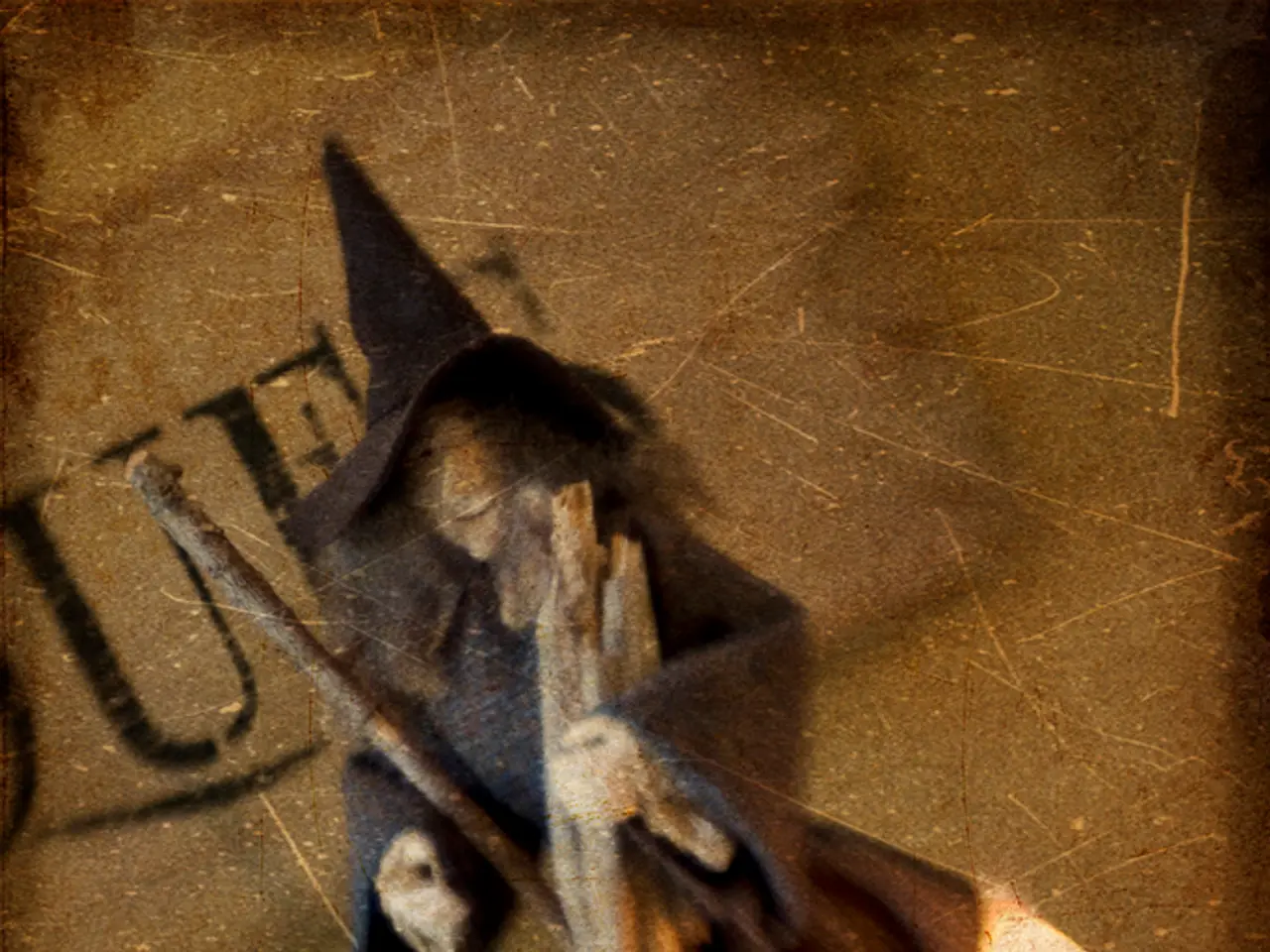The Evolution of Public Perception Towards the Vampire in Popular Culture
In the small Serbian village of Medveda, in the 1720s, the body of Arnold Paole was discovered. His corpse was found with bloody clothing and fresh blood flowing from eyes, nose, mouth, and ears, leading the villagers and military officials to consider him a vampire [1]. This chilling discovery is believed to have laid the groundwork for the modern portrayal of vampires across culture.
The 19th century saw a blend of folklore, religious belief, and superstition shaping the identification and methods against vampires. Graves that appeared disturbed or where the corpse showed unusual preservation or signs of recent activity were often signs of a vampire [2]. Bodies exhibiting no natural decay or bleeding from the mouth, as well as victims who died suddenly or were suspected of being drained of blood, were also indicative of vampirism.
To combat these undead creatures, vampire hunters employed a variety of tools. Opening graves to inspect the body was common, often looking for a corpse that was unnaturally well-preserved or exhibiting vampiric traits [2]. Religious artifacts and symbols, such as crucifixes, rosaries, and sacramental wafers, were used to repel vampires [2]. Wooden stakes driven through the heart, holy water, garlic, and even silver bullets or firearms were part of the vampire-killing arsenal [2]. These implements were usually carried in "vampire killing kits"—boxes containing stakes, crucifixes, holy water, and other supplies, often assembled in the 19th or early 20th century.
However, many of these kits are now understood to be modern reproductions or fabrications inspired by Victorian-era fiction and folklore rather than genuine historical artifacts [2]. This is evident in literature like Bram Stoker’s Dracula (1897), where vampire hunters such as Van Helsing look for common signs of vampirism and use crucifixes, sacramental wafers, and stakes to neutralize vampires [3].
Arnold Paole's story is suggested to have influenced the subsequent portrayal of vampires. In the years following his death, there was an epidemic of so-called vampirism in the region, with many locals succumbing to mysterious deaths [1]. The vampire myth evolved, with the 19th-century vampire being redrawn as a charming, seductive, silver-tongued aristocrat, unlike the early vampires of eastern Europe, which were described as repulsive creatures [4].
The popularity of vampire stories suggests an important role in society, providing gothic stories, the fantastical, the magical, the fairy tale, the fable, and the fear [5]. They allow societal taboos to be examined in a pleasurable way, such as desiring undesirable things or wanting a demon lover [6]. Horror stories serve a practical function by representing fears and taming them [7].
In the modern era, the vampire myth has taken on new forms, such as clinical vampirism or Renfield's syndrome, medical terms used to describe the macabre practice of humans drinking the blood of other humans [8]. The vampire's annual starring role at Halloween is attributed to its iconic portrayal in movies, operas, ballets, and musicals, particularly Bela Lugosi as Dracula in the 1931 movie [9].
The vampire myth is often seen as erotic, with a focus on desire, submission, and dominance [10]. In Soviet-era Russia, anti-government themes were disguised within fables or magic realism due to censorship [11]. The old-fashioned image of the eastern European upper-class vampire swooping through a crumbling castle in a cape is now considered historical [12].
The pleasure of scaring oneself witless is an important aspect of the appeal of horror stories [7]. The COVID-19 pandemic might breathe life into a new idea of vampirism as a blood-borne plague [13]. The vampire myth, with its roots in the gruesome discovery of Arnold Paole's body, continues to captivate and terrify audiences worldwide.
References:
- [Fluckiger, J. (1732). A Treatise on Vampires, or Revenants.]
- [Knight, R. (2012). Vampire Hunters: The Origin of the Species.]
- [Stoker, B. (1897). Dracula.]
- [Polidori, J. (1819). The Vampyre.]
- [Harker, Q. (2003). The Vampire in Folklore and Fiction.]
- [Gilbert, S. (2010). The Vampire in Western Culture.]
- [Edgar Allan Poe, The Philosophy of Composition.]
- [American Psychiatric Association. (2013). Diagnostic and Statistical Manual of Mental Disorders.]
- [Lugosi, B. (1931). Dracula.]
- [Friedman, L. (1981). The Vampire: His Kith and Kin.]
- [Sedgwick, M. (1990). Between Men: English Literature and Male Homosocial Desire.]
- [Stoker, B. (1897). Dracula.]
- [D'Ambrosio, T. (2020). Vampires in the Time of COVID-19.]
The theme of vampires transitioned from an eastern European folklore to a seductive, aristocratic figure in the 19th century, influenced by popular literature like Bram Stoker's Dracula. In the modern era, the iconic portrayal of vampires in movies, operas, and musicals, such as Bela Lugosi as Dracula in the 1931 movie, has given rise to annual appearances during Halloween celebrations. Contemporary interpretations of the vampire myth encompass various forms, such as clinical vampirism or Renfield's syndrome, and explorations of societal taboos and desires.







